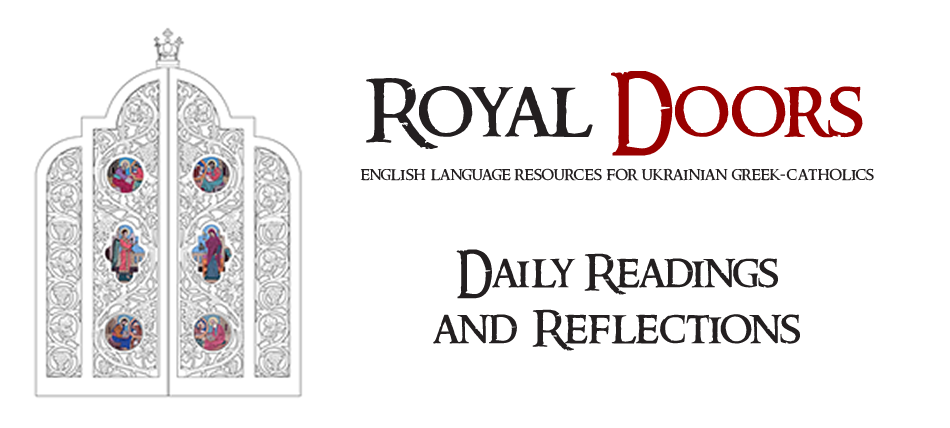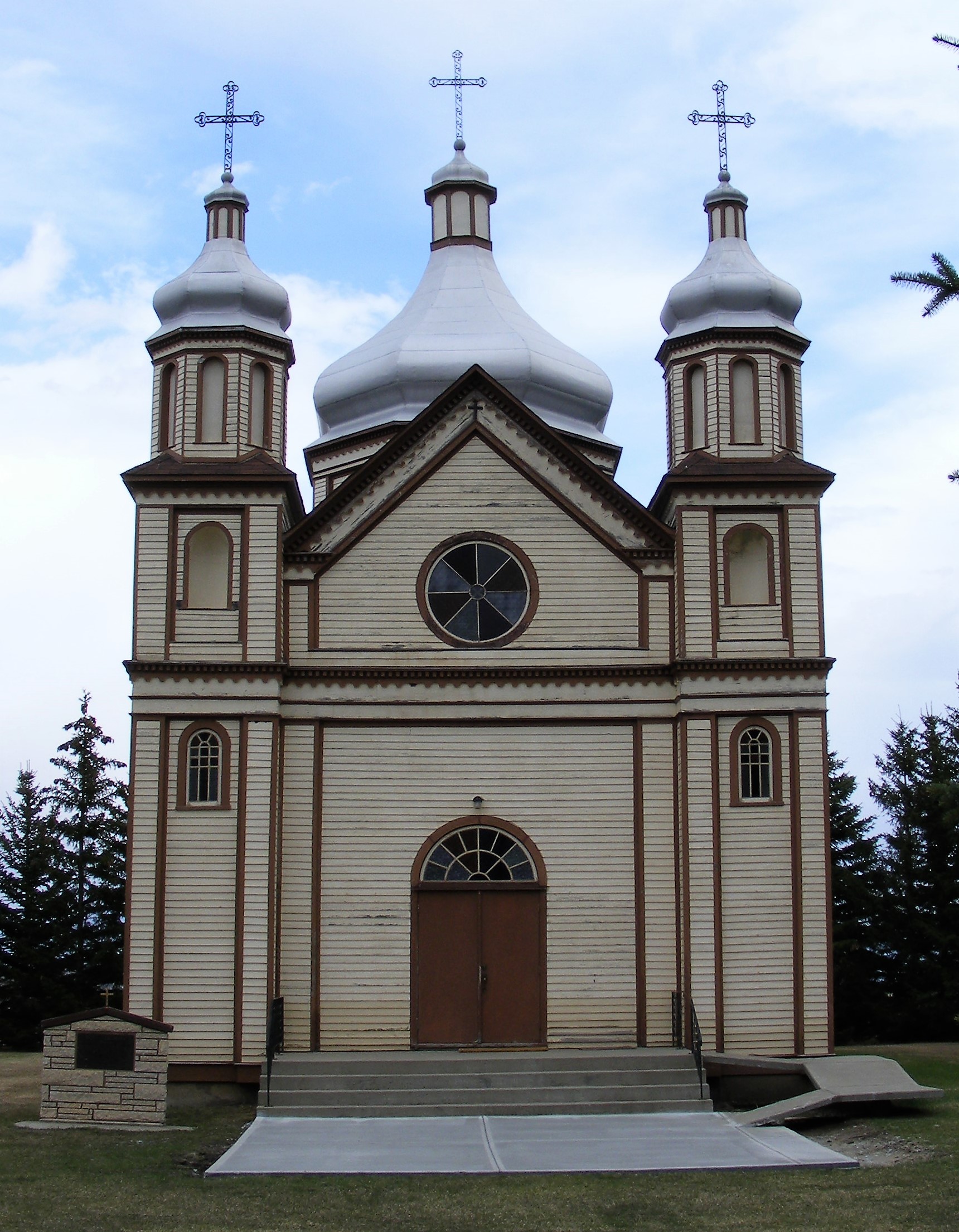by Brent Kostyniuk
As Ukrainian Catholics, we, along with others, are the inheritors of a rich Byzantine Christian tradition. It provides a spirituality abundant in prayers, icons, hymns, and liturgies intended to draw us ever closer to God. It has been our birth-right for over 1000 years since St. Volodymyr arranged the baptism of the Ukrainian people. Even then it was centuries old.
However, “Why Byzantine?” you may well ask.
The answer lies deep in Christianity, in the first centuries of the Church’s existence. As the early Church grew it formed around five centres – Jerusalem, Antioch, Alexandria, Byzantium, and Rome. Each of these centres developed its Kyivunique style of worship. The Byzantine Rite developed in and around the ancient city of Byzantium, later changed to Constantinople in honour of Roman emperor Constantine I, and still later to Istanbul under Islamic rule.
Today, those ancient forms of devotion remain with us and are known as the Eastern Rites (Roman being the only Western Rite); each of which bears the name of its place of origin. The Eastern Rites are shared by both Catholic and Orthodox Christians. Although each Eastern Rite shares the basic fundamentals of Christian faith, each has its own system of liturgies and rituals, theological heritage, ceremony, church architecture and art.
In the year 987, Prince Volodymyr of Kievan-Rus’ decided it was time to have a state religion. In order to choose the appropriate, he sent out emissaries to report on the various options. “When we journeyed among the Bulgarians, we beheld how they worship in their temple, called a mosque, while they stand ungirt. The Bulgarian bows, sits down, looks hither and thither like one possessed, and there is no happiness among them, but instead only sorrow and a dreadful stench. Their religion is not good. Then we went among the Germans, and saw them performing many ceremonies in their temples, but we beheld no glory there. Then we went on to Greece, and the Greeks led us to the edifices where they worship their God, and we knew not whether we were in heaven or on earth. For on earth, there is no such splendour or such beauty, and we are at a loss of how to describe it. We know only that God dwells there among men, and their service is fairer than the ceremonies of other nations. For we cannot forget that beauty. Every man, after tasting something sweet, is afterwards unwilling to accept that which is bitter, and therefore we cannot dwell longer here.” Then the boyars spoke and said: “If the Greek faith were evil, it would not have been adopted by your grandmother Olga, who was wiser than all other men.” That Greek faith was, in fact, Byzantine. Today, we recall that Greek influence in our official name – the Ukrainian Greek Catholic Church.
Central to Byzantine spirituality is the Divine Liturgy of Saint John Chrysostom (349 – 407) Archbishop of Constantinople to whom the anaphora is attributed. He is famous for eloquence in public speaking and his denunciation of abuse of authority in the Church. After his death, he was named Chrysostom, which comes from the Greek Χρυσόστομος, “golden-mouthed.” He is honoured on January 30 along with Saints Basil the Great and Gregory the Theologian – the Three Holy Hierarchs.
The Divine Liturgy reflects the work of the Cappadocian Fathers to both combat heresy and to define Trinitarian theology for the Christian Church. It probably originated around Antioch where St. John was a deacon and later a priest. However, it was refined and beautified under St. John’s guidance as Archbishop of Constantinople (398–404). From its use at the Church of Holy Wisdom, Hagia Sophia, it spread overtime throughout the Byzantine Empire. Today, we celebrate it substantially unchanged in 1600 years.
Byzantine worship is a very sensual thing. Incense is burned and with it, our sense of smell reminds us our prayers are meant to rise to heaven. Icons cover the interior of our churches, so our eyes might have a glimpse of heaven. So too, we pray with our bodies, taking different postures depending on the season and intent of our prayer. Our voices, the most perfect of instruments, joyfully sing the liturgies.
Another characteristic of Byzantine worship is apophatic prayer – that is describing something by what it isn’t rather than what it is. “It is right and just to sing of You, to bless You, to praise You, to thank You, to worship You everywhere in Your domain; for You are God – ineffable (too sacred to be spoken), inconceivable, invisible, incomprehensible, always existing and ever the same – You and Your only-begotten Son and Your Holy Spirit.”
Our Byzantine spiritual heritage comes to us from the earliest days of the Church, preserving and keeping alive that ancient spirituality which has been treasured through the centuries for its beauty, its richness, and its capacity to draw us ever closer to a loving Lord.
Finally, the Cambridge Dictionary defines byzantine as “complicated and difficult to understand.” Just so you know.
Photo: Holy Trinity Ukrainian Catholic Church near Leduc, Alberta

